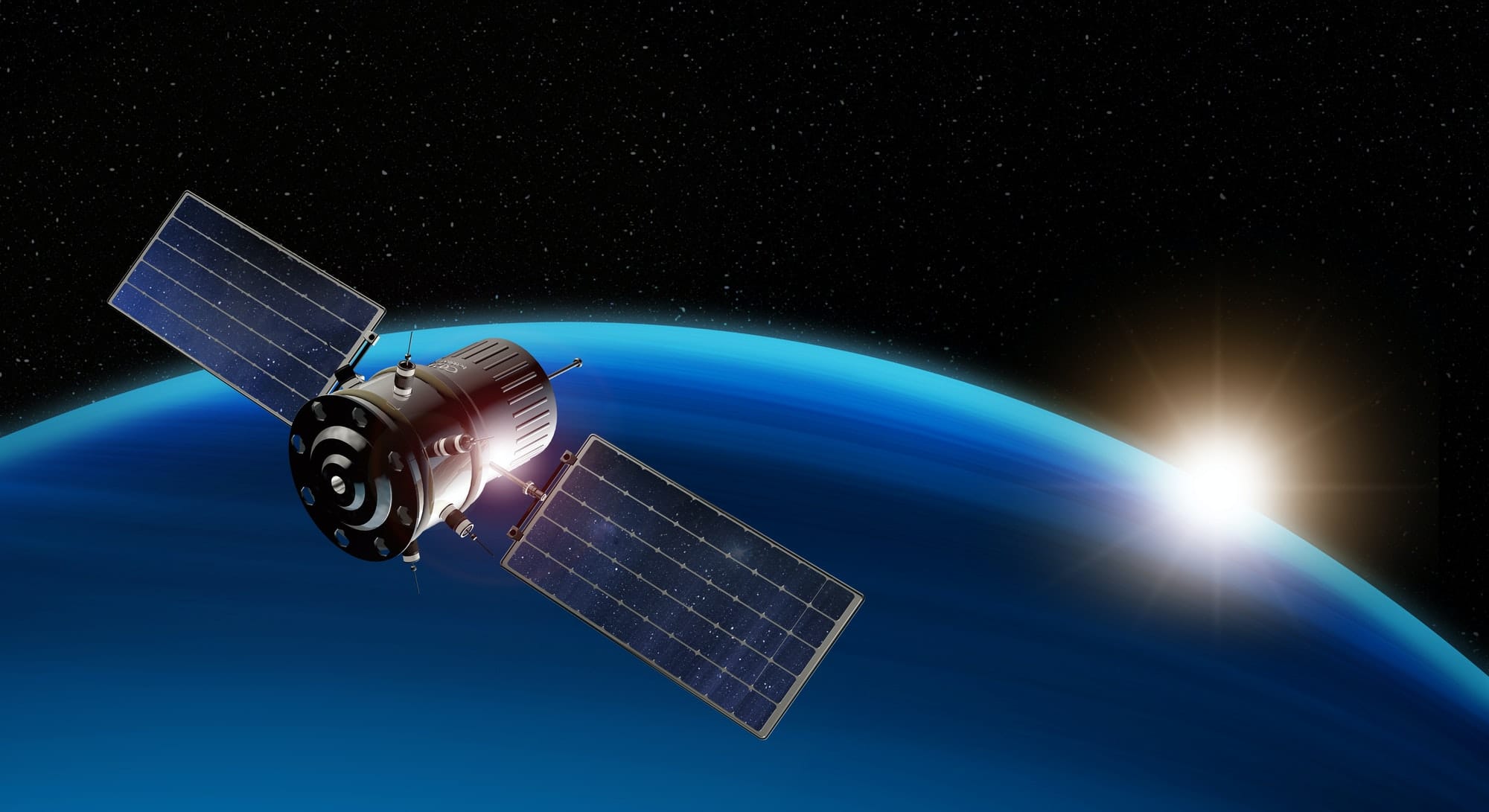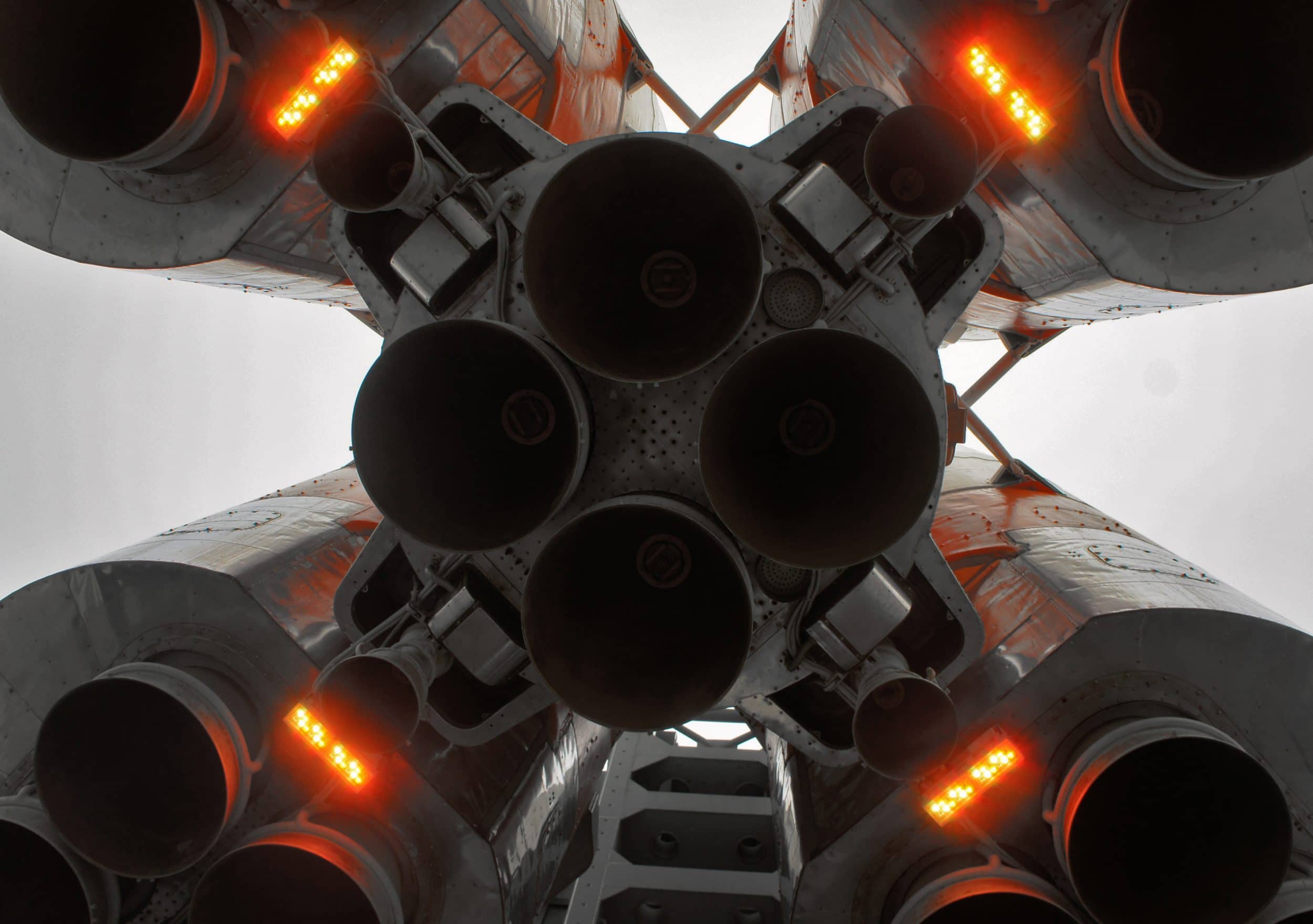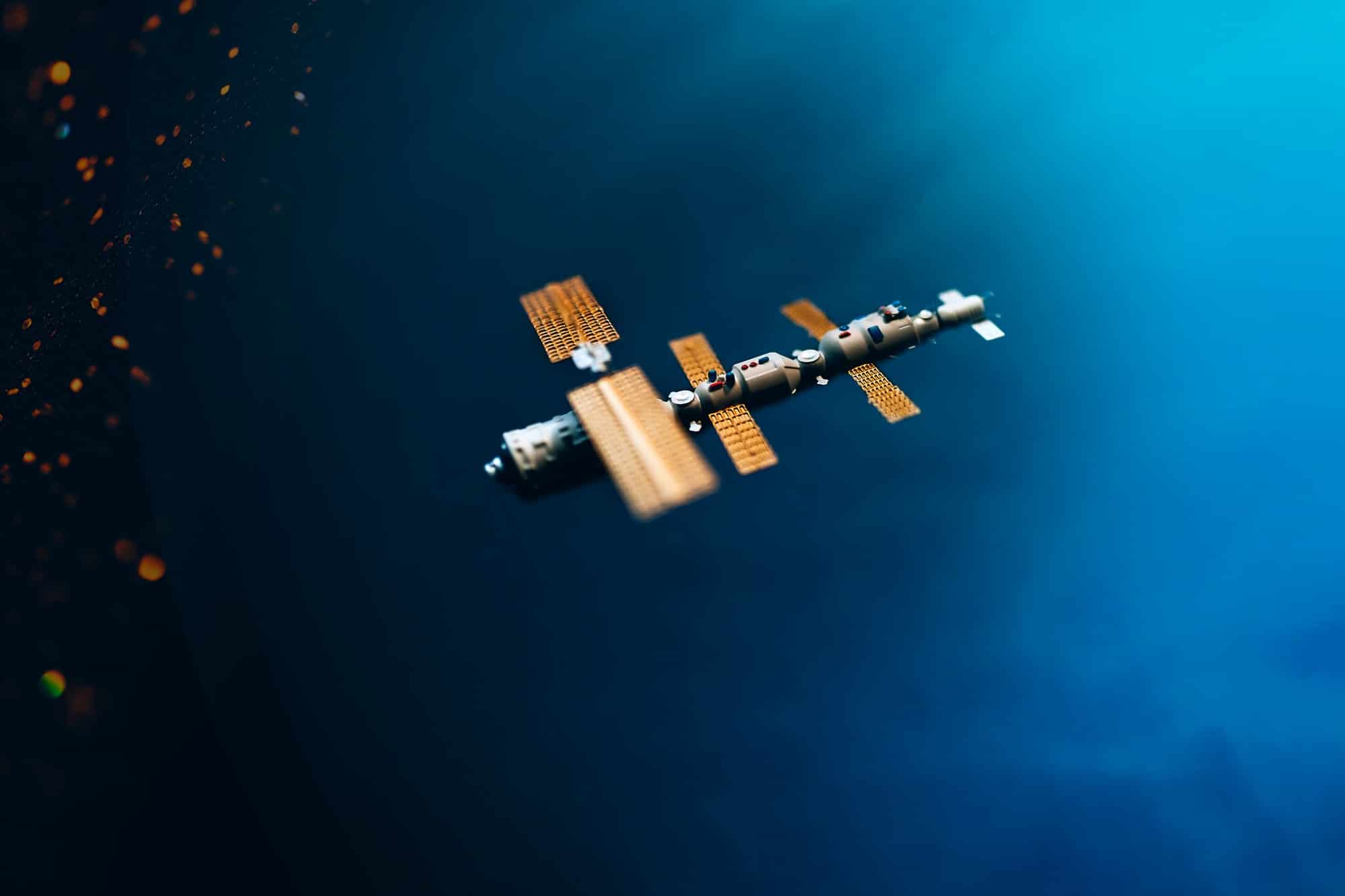3, 2, 1: takeoff
And the poet said: “O bold people, more than many / In the world have done great things, / You, who for such and so many raw wars / And for vain labors never rest, / For you break the forbidden ends / And navigate my long seas, / Which I have kept and have kept for so long, / Never a stranger’s plow or my own wood.
(Camões, 1572)
Introduction
Five centuries separate these two events, but the spirit, the tenacity and the audacity is the same, it is the nonconformism with our corner of comfort, it is the challenge of opening new horizons, it is the desire to overcome new challenges, it is the determination to shape by our own hands the future of our present, it is not to want to be just another grain of sand dragged by the waves of time, that led us to mark our presence both in the air and in space.
The world today is much more than the chaos, misfortunes and calamities that the media transmit daily, it is instead a world rich in new opportunities. It is up to us to choose whether we want to be submerged by the constant waves of opportunities that pass through us, or whether we prefer to ride on the crest of these waves. The latter was the choice made by LABET – Laboratory of Thermodynamics and Aerospace Tests of ISQ
Did we have knowledge and experience in this area?
We didn’t, but we had test experience and we dotted the universal languages of engineering: mathematics and physics
ESA (European Space Agency) was at the time developing its IXV (Intermediate eXperimental Vehicle) programme, a prototype of a space shuttle to make a first flight for data collection and testing of new materials resistant to the harsh conditions of re-entry into the atmosphere.
Did we have knowledge and experience in this area? We didn’t, but we had test experience and we dotted the universal languages of engineering: mathematics and physics. We also knew that this challenge would be our best opportunity to internationalize our space activity and thus take a qualitative and quantitative leap that our national market would not allow.
Thus, after we have carried out a rapid study of the necessary investments, as well as their respective viability in the face of future business opportunities, we started their implementation. We were careful to try, whenever possible, to develop internally all activities, including those related to data control and acquisition, so that we could at any time configure the equipment autonomously for future specific needs of our customers.
Crucial investments
We acquired a 10-6 mbar high vacuum chamber with double body to allow external heating or cooling, equipped with very varied access flanges, for future instrumentation needs, electric power passage and cryogenic pipes. In this chamber, vacuum tests have already been performed and with temperatures ranging from -150 °C to + 1200 °C, as well as determination of specific heat in vacuum and extreme temperatures of various materials used in the space industry.
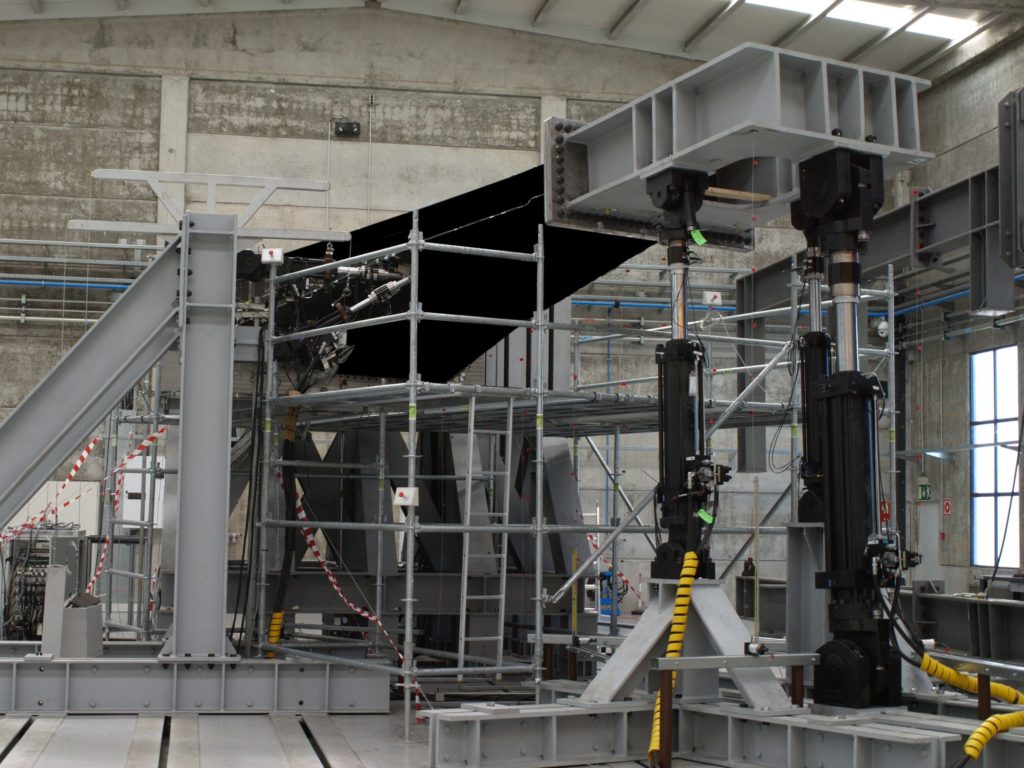
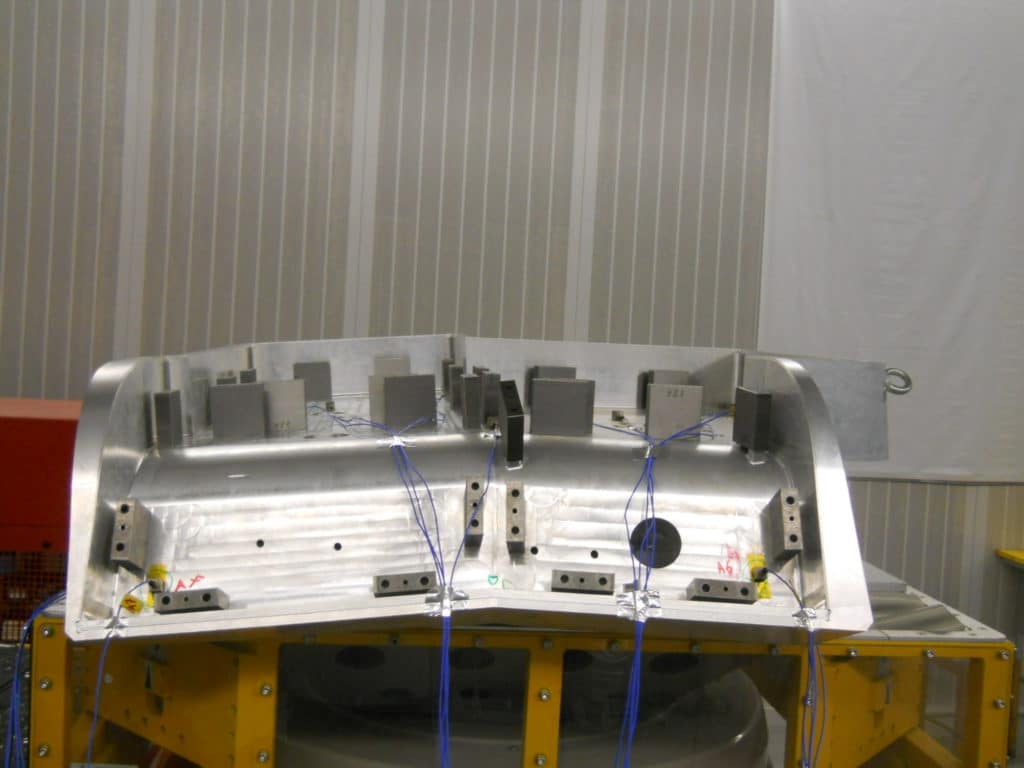
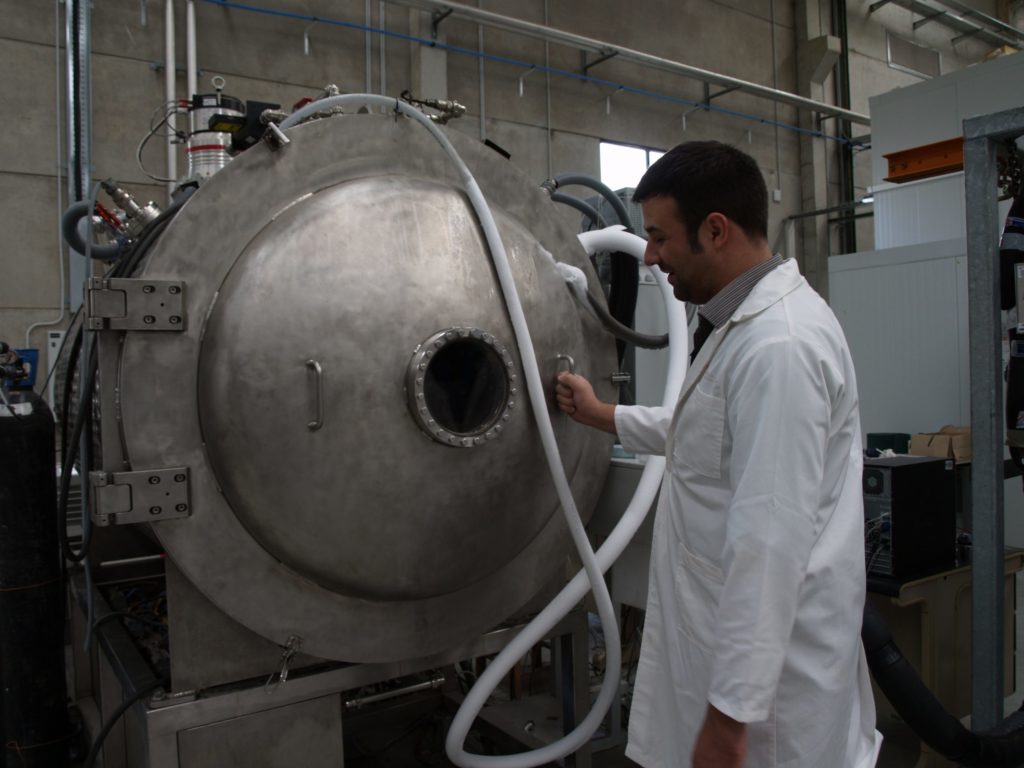
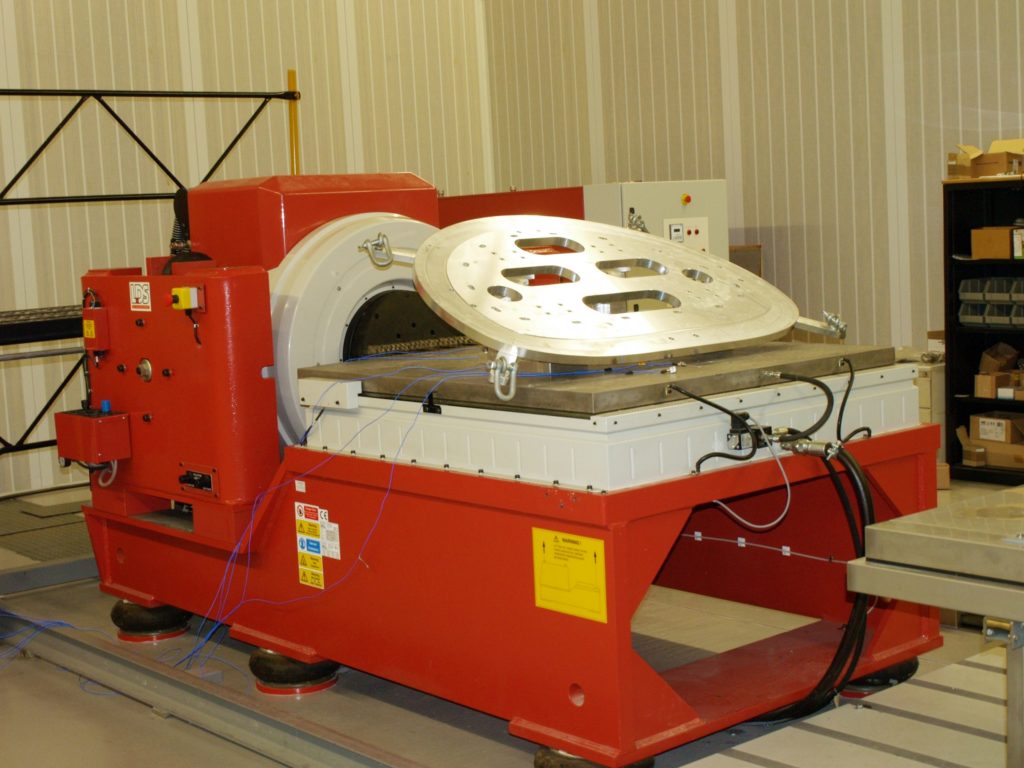
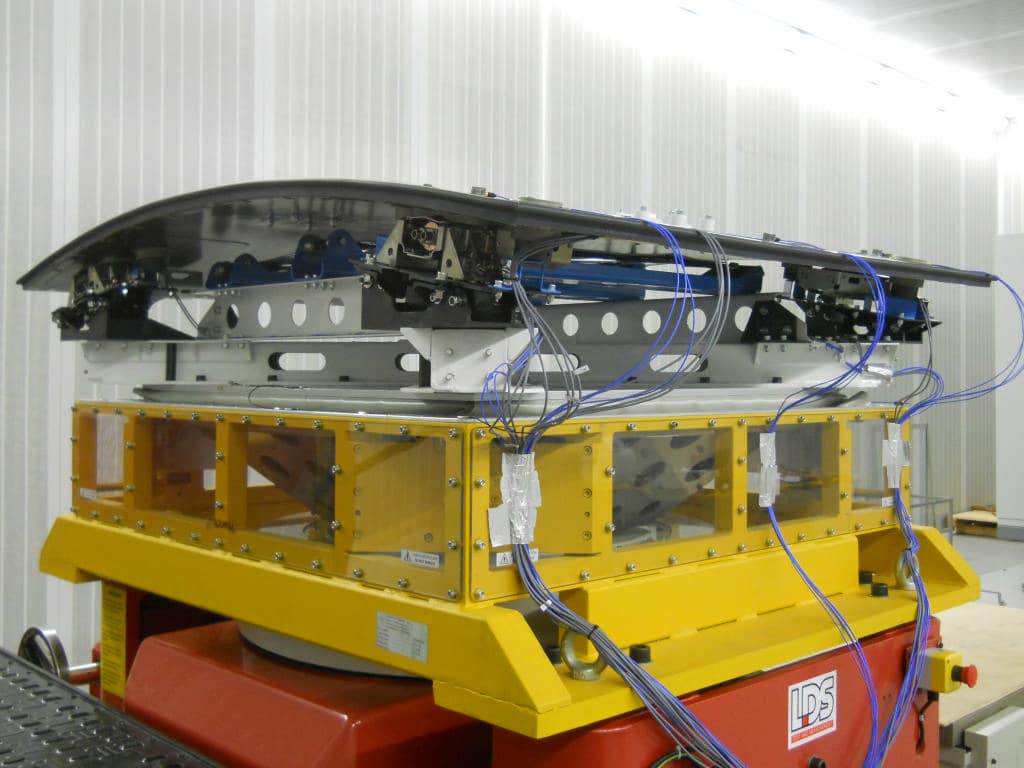
The existence of this multipurpose vacuum chamber and the ease of being able to change and adapt it to custom tests has made it a high-demand equipment, particularly in the international market, as well as leading to a growing national market for new components, not only for the aerospace industry but also for other industries developing new materials and technologies, allowing testing at cheaper costs and without the need to travel to foreign laboratories.
At the time, a shaker with horizontal table and a vertical expander guided with maximum power of about 290 Kw was also purchased, equipped with lms data acquisition system (the standard in the aerospace industry), which allows to carry out, in addition to conventional Tests Sine and Random, also tests of Operational Modal Analysis for tuning of mathematical models of design. This shaker has also been equipped with a climatic chamber that allows vibration tests with temperature control between -40 °C and +150 °C.
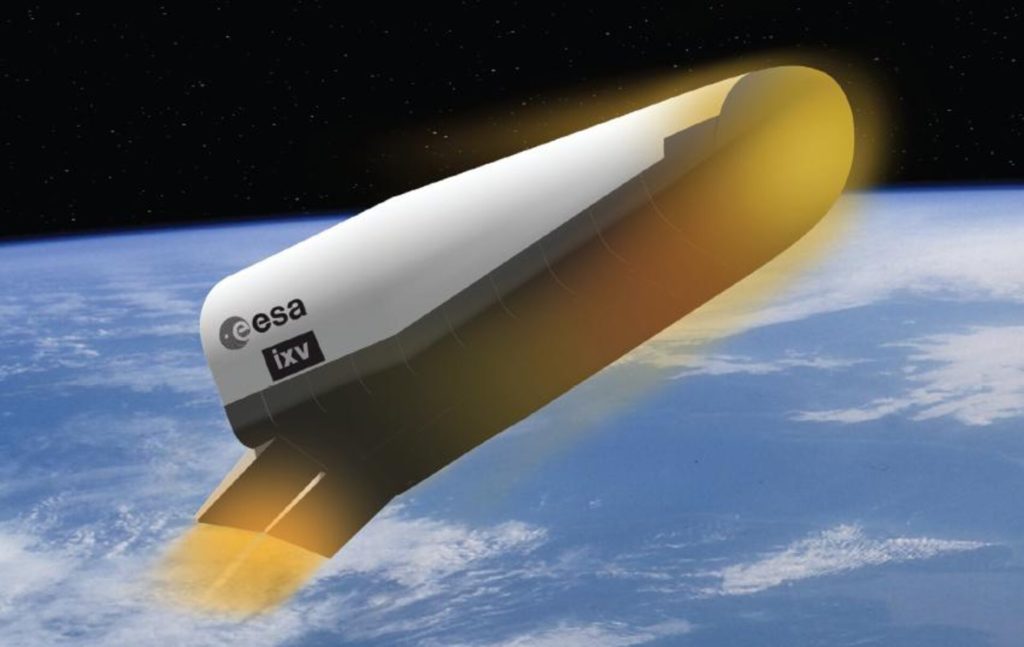
IXV : Experimental atmospheric re-entry vehicle
This reusable, unmanned demonstrator vehicle is a project of the European Space Agency (ESA) and is capable of orbiting and gliding between re-entry into the atmosphere and the landing site. ISQ was very involved in the development of the IXV since its inception. More recently, the collaboration with ESA took place from the test center that the Group has in Castelo Branco, Portugal.
In this shaker we made the operational modal analysis of various thermal protection panels, as well as the nose of the IXV, to determine the natural own frequencies and their respective modal forms. In this modal analysis, we determined that the first natural frequency was in the 60 Hz range, which coincided with the frequency of the Vega launcher itself.
The Italian project team was immediately alerted to this coincidence, which would have negative consequences in the launch of the IXV.
Thus, by changing the compaction of the isolated silicon fibers, it was possible to change the stiffness of this “IXV nose”, causing its first resonance module to move away from the critical zone of 60 Hz.
Accident avoided!
Determination of specific heat in vacuum and extreme temperatures
In this shaker, in addition to tests in the space area, such as those carried out on the new panels of cryogenic tanks of the new Ariane (CUST – Cryogenic Upper Stage Tanks) and the new exhaust pipes in satellite carbon fibers and ships, many other tests have been carried out, both international industries and national industries (automobile, components for satellites, electrical equipment, certification of aircraft components for the Air Force, military equipment, cold production units, among others), which now have easy access to one of the largest shakers existing in the Iberian Peninsula and Europe.
Still within the IXV program, there was a need to perform tensile tests to the “Stand Off”, fasteners of the insulating panels to the exterior body of the ship. But once again this test required temperatures to vary from room temperature to 1000°C.
For this, LABET designed and developed its own bespoke system. It was also necessary to develop a whole system to allow the study of the migration of gases and measurement of permeability inside the iXV’s isodable, in order to ensure their integrity during the rapid depression caused by the rapid rise of the launcher.

Within the IXV certification program, LABET also had the thermal tests of re-entry into the atmosphere, the “nose” and the insulating plates of the lower bulge of the ship. For this, labet was built, according to its own project, a muffle capable of reaching 1200 °C and temperature increase ramps in everything identical to what was expected during re-entry.
This test and its monitoring made it possible to analyse the expected behaviour in terms of temperature distribution, both inside the re-entry protection plates and at the interface level of the insulation of the outer surface of the ship, during and after this large transient regime originated during re-entry.
“It was a short mission with a big impact,” Said Gaele Winters, ESA’s Launch Director at the time.
This is how, on February 11, 2015, after a short but very important successful mission, Portugal shoulder stooes with its European partners in the course of this new frontier.
Empowering to respond also to the challenges of aeronautics
But the dream wasn’t just around here. Thanks to the experience gained by ISQ and the success achieved in the face of this type of trials, a new and important door has begun to open. The aeronautical industry has also begun to look at us and as a testing partner for aeronautical components.
And the challenge arises from an aeronautical manufacturer, one of the world giants of the sector, Embraer.
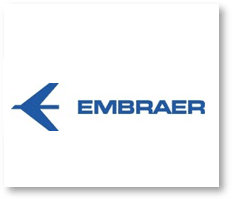
Here we are again facing a challenge: to design and build, as a measure, a laboratory for testing aeronautical structures, capable of performing static and fatigue tests on large aircraft components, as well as developing a whole new program and sequence of tests specific to this area. After technical visits to Embraer and other aeronautical testing laboratories, we conclude that the most advanced systems used by the main manufacturers are the MTS hydraulic control systems and the HBM data acquisition system, and ISQ has opted for them.
In parallel, the design and construction of a structured floor was developed, as well as the other infrastructure upgrades necessary for such a laboratory.
At the same time, LABET, together with other laboratories and teams of ISQ and in partnership with Embraer engineering, began to develop the project and the infrastructure necessary for the particular performance of the test that we would perform: the test of a semi-wing in composite material. About a little over a year, the laboratory, equipped with the MTS hydraulic system and hbm data acquisition system, was accredited according to AS/EN 9100, as well as audited and approved by Embraer.
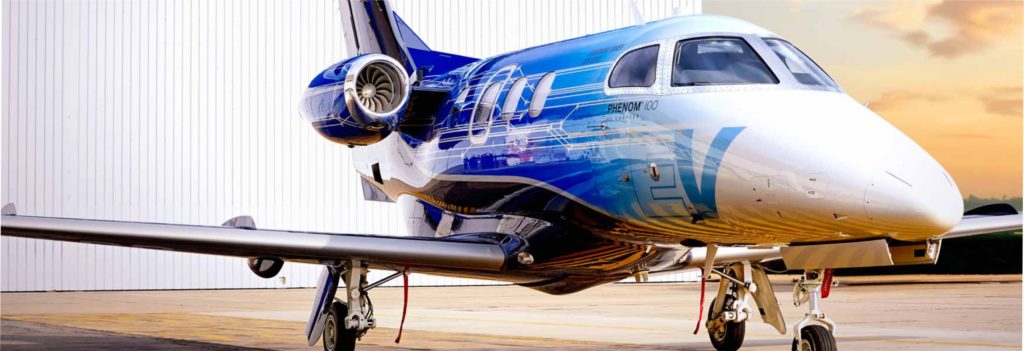
EMBRAER COMPOSITE WINGS
Tests to the demonstrator of the structural part of a wing
ISQ was responsible for the design and execution of a series of tests on a demonstrator of the structural part of a wing (semi-wing) consisting mostly of composite material. This semi-wing was developed by Embraer and is intended for a new generation of commercial passenger aircraft. Embraer carried out the ground test of this semi-wing at the ISQ Group laboratory, in Castelo Branco. For this purpose, advanced non-destructive inspection techniques were used, as well as preliminary mechanical and impact tests.
By mid-2015 everything was finally prepared to start the trials of this semi-wing. Surrounded by a team of engineers from Embraer Composites of Évora and Embraer S.A. from Brazil, who had designed and built this semi-wing, as well as by another team in the testing area of Embraer S.A. Brazil, the time was here for everyone who was most longed for and at the same time the most critical. Pressing an enter key was never so distressing…
In parallel, the design of the supporting RIGs of the test article was complemented and the construction of these welded metal structures was started. Despite its dimensions and weight, the dimensional accuracy and quality of welds with full penetration, to ensure the perfect positioning of the test article and a resistance to fatigue tests (several million cycles), required an integral monitoring in the construction phase of ISQ specialists in welding and 100% ultrasonic control.

A completely new test, never before carried out in Portugal, operated by a complex hydraulic control program, where the introduced variables were in the thousands, from the configuration of the PIDs (proportional integral derivate feedback control loop), all loads that comprised the various flights, flight combinations and calibration data of all parameters, as well as the prediction and definition of all alarm levels and/or shut down in case of anomaly, all this, and despite numerous and repeated validations by the entire LABET test team, always left a question suspended at the time of pressing the enter: Failed or missed something?
pressing an ENTER key was never so distressing…
Any failure could simply destroy the test article, a one-off piece with incalculable price, along with all ISQ investment and credit, that would be wiped out at that time.
Confident, however, in the excellent team and the professionalism demonstrated over time in so many new and non-standard trials executed with full success, and making sure that in this case we had not left any slack for Murphy’s Law, the enter was pressed…
And everything worked perfectly! The static tests were a success, with no failure in programming the entire MTS hydraulic control system or HBM data acquisition.
Once again LABET had successfully fulfilled its plan, once again ISQ lived up to its long tradition of honoring commitments and solving the technical challenges posed by its customers, making what seemed impossible and a mere dream in a new and concrete reality that will continue to underpine our future.
And speaking of the future…
Speaking in the future, a new and promising opportunity was realized through a protocol of collaboration between two major entities in the area of national engineering, ISQ and CEIIA – Center for Excellence and Innovation in the Automotive Industry.
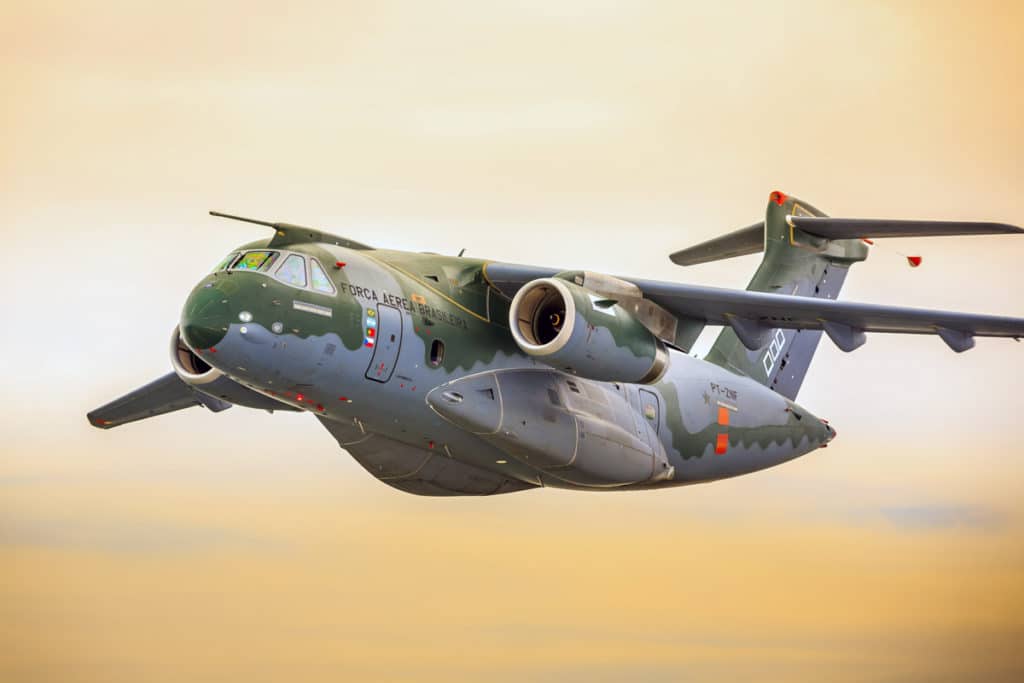
As a first practical reflection of this partnership and thanks to the experience gained from the semi-wing test, ISQ began to perform the qualification tests of some Components KC 390 embraer military transport plane. Shock and static limit tests of the elevator depth rudder of this appliance have already been successfully performed, with fatigue tests and load bearing tensile tests taking place at various specimens representative of this model. And so, combining complementary knowledge, combining efforts, working as a team and believing in ourselves, we will be able to put Portugal back in its place of merit that history has reserved for it, as the poet very well sings
PASSARO: Innovation of functional and structural tests of aerial structures
The PASSARO project aims to work in several areas related to functional and structural tests, as well as advanced structures.
PASSARO contributes to the development of intelligent and multifunctional structures, to the automation of productive processes and technologies associated with maintenance in the Industry 4.0 approach, applied to two full-scale demonstrators (two cockpits and specific wing demonstrators for the innovative development platform of Regional Aircraft’s (IADP) aircraft.
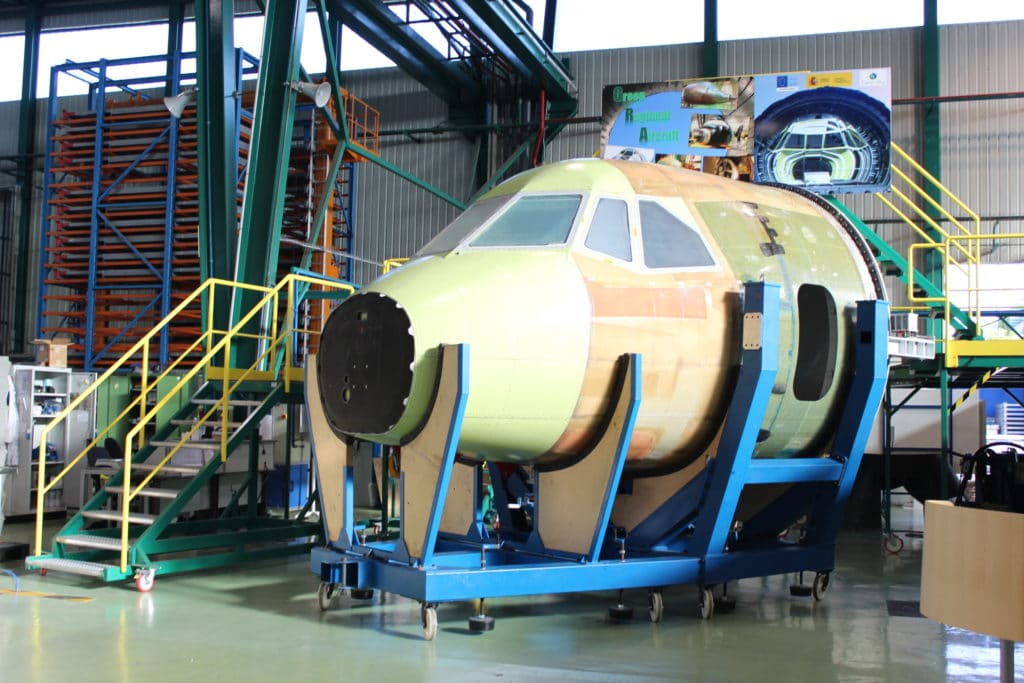

SAGRES SMART
Artificial Intelligence for space-based deep-sea geological prospecting
ISQ is developing the SAGRES project, based on remote sensing services and big data analytics, which collects information from earth observation satellites of the European Space Agency (ESA).
It is a digital service on the web, based on a decision support platform, that combines Earth observation data from various sources, including satellites, with artificial intelligence / Machine Learning to improve prospecting and exploration with benefits for the offshore mining industry.

TELMO NOBRE
Mr Rui Telmo Nobre was the chairman of the UNECE Working Party on Transport of Perishable Foodstuffs and involved in the work of the IIR CERTE Sub-Commission. Mr Rui Telmo Nobre, who sadly passed away in November 2019, was the Director of the Thermodynamic Department at ISQ Portugal. Telmo was educated at the Universidade Católica Portuguesa in Lisbon and started to work for ISQ in 1988, his tenure being over 31 years.
+ insight
contribute
As a project initiated by ISQ, insight is open to contributions from everyone who wants to participate and who can bring their vision, scientific studies and reasoned opinion to enrich the themes and the debate.
If your activity is linked to research or the analysis and implementation of measures in the topics discussed here, please contact us using the form attached.



